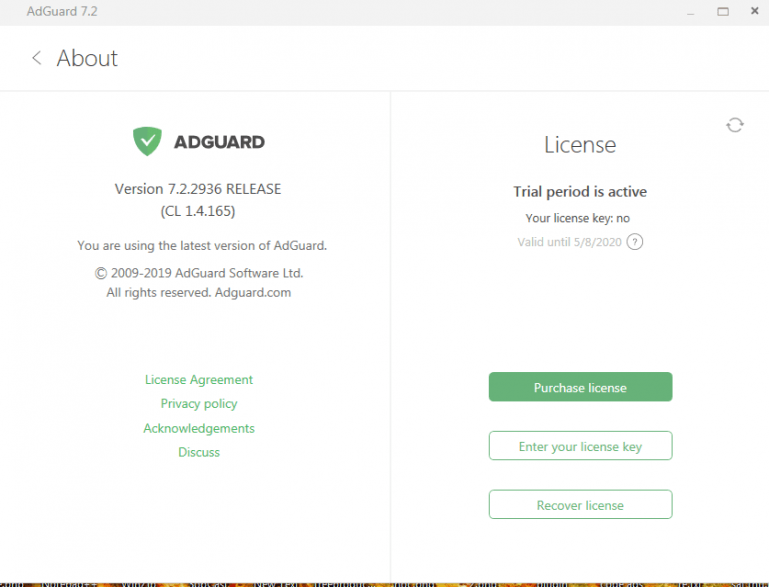

'/home/pi/adguard/confdir:/opt/adguardhome/conf' '/home/pi/adguard/workdir:/opt/adguardhome/work' # - "443:443/tcp" # already used by octoprint Of course you can use any other ports too. A simple docker-compose -f adguard.yml up -d will then start the container on port 3380. The yaml file in this case is quite simple so Docker itself would also be enough. On this second Pi I also installed Docker and docker-compose to start another Adguard home instance. I have a second Raspberry Pi running Octoprint to control my 3D printer. To start you first have to set up the second (or third, forth, …) instance and run the initial setup via the web UI. Its just another docker container that will sync all configurations of your main adguard node to other replicas. The adguard home sync project does exactly that. What if you have even more? This can be avoided with an automatic sync of settings. But what if I change any setting? Now I have to do that on both instances. I could just manually set up a second instance and configure it exactly the same. Instead a way around this is to set up a second local instance of Adguard home. While this may work inside my network who even knows the IP for ?Īdding an external DNS server as a backup does not work either as most devices will of course fall back to the second DNS server if the first one does not return any answer (like Adguard does when it is supposed to block ads). Unfortunately this also means that if this instance is down for any reason then I can’t access any web content anymore unless I know the exact IP address. This way all clients will resolve addresses via the Adguard instance. To make this work on all of my devices I had to change my Unifi network setup for the main and the IOT network to point to the Pi as a DNS source. The web UI is also very simple to use and quite quick to react. I even integrated it with Home Assistant and my Grafana dashboard.


It runs on my small Raspberry Pi based home server and runs well indeed. In general Adguard home is working great for me. Only devices with hardcoded IPs and embedded ads (like on Youtube) can not be blocked like this. This way most ads can actually be blocked. Both will filter all requests from your devices to resolve domain names (like ) to IP addresses (like 159.69.241.216) for those that are known ad providers. I explained how to use the most popular choices Pihole and Adguard home here. To block ads for everything on your own network you can use a DNS level ad blocker. Some devices like desktop PCs (in the browser) support them natively but other devices like some smartphones or media devices like the FireTV stick do not really have any support for ad blocking. How to make your devices using the backup DNS server What is Adguard home?Īre you annoyed by all the ads everywhere online? Then an adblocker is the solution.


 0 kommentar(er)
0 kommentar(er)
